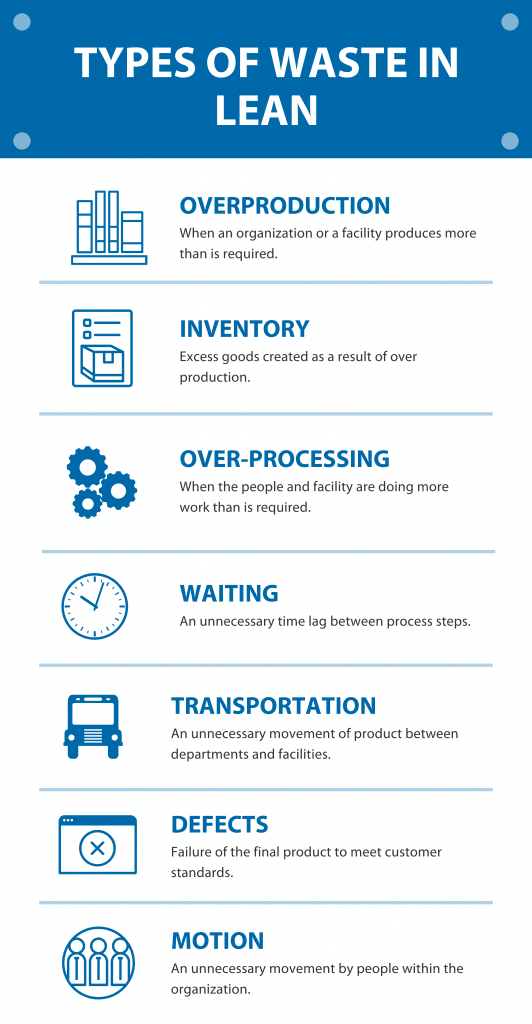Lean Concepts For Knowledge Workers

The core idea of “Lean” is widely recognized even by those who don’t know the terminology. The fundamental objective of Lean is to create and maximize value while eliminating waste. It’s a principle aimed at optimizing the people, resources, efforts, and energy of an organization with the goal of creating maximum value for its customer.
Basically, Lean means doing more with less while doing it better.
The continued success of Lean thinking, principles, and methodology makes it one of the main building blocks of almost every process improvement initiative that consultants tackle.
Adding Value Through the Elimination of Waste
In Lean, there are traditionally 7 types of waste:

Lean practitioners often add an eighth type of waste – unused talent.
When waste is removed, only the necessary steps required to deliver a product or service to the customer remain in the process.
Using a Lean Lens to Look at Knowledge Worker Efficiency
Although traditionally applied to manufacturing operations, the concept of creating and maximizing value through the elimination of waste applies to any operational processes, including those performed by knowledge workers. A knowledge worker or a “white-collar” worker is defined as someone who uses and handles information and data daily to perform their job.
White-collar jobs tend to be very fluid in structure, constantly evolving, adapting, and innovating to meet current situational needs, so identifying Lean types of waste in knowledge workers can be challenging.
Here are two examples of Lean recommendations Trindent frequently makes to clients with knowledge workers:
- “Cut and Paste” saves time. Receiving information in an appropriate format plays a huge part in reducing over-processing in a system. Reformatting is a tedious and time-consuming task that can be avoided if the information is transmitted in the correct format in the first place.
- Don’t get consumed by data. Getting fixated on and sidetracked by extraneous details results in trying to juggle too much data and too many KPIs. Focusing on value-added information when setting KPIs will prevent overproduction and accumulation of data inventory. This will keep the process Lean and prevent information clutter from slowing workers down.
Inward Reflection for Consultants
For consultants, Lean should not start and stop with their clients.
As knowledge workers, consultants must practice what they preach by using Lean consulting principles themselves. Preforming inward reflections to draw focus on waste creeping into their work allows them to maximize their own value output.
Consultants need to work in a very lean manner to provide the maximum possible value to their clients, which in turn will translate to their clients becoming a lean operation themselves.




 English
English







